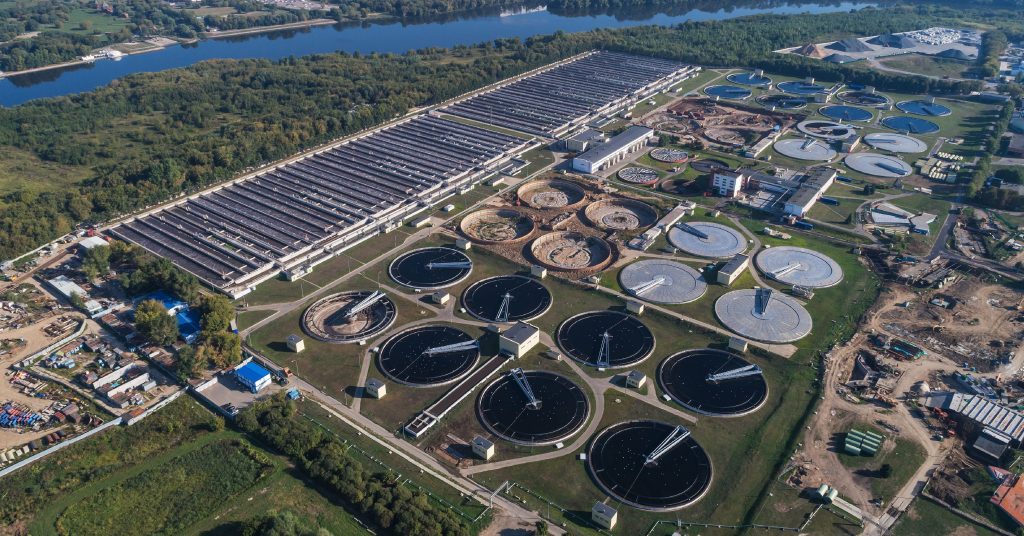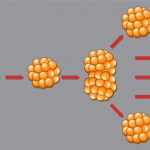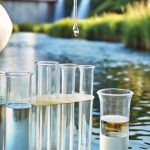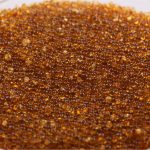Clean water is fundamental for human health, economic development, and environmental sustainability. Understanding the water treatment process steps is crucial with increasing concerns about water quality and availability. Water treatment ensures that the water we consume is free from harmful contaminants and safe for all its intended uses. This blog aims to provide a detailed water treatment process step-by-step guide to the water treatment process, highlighting the various steps in water treatment involved in transforming raw water into clean, safe drinking water.
Table of Contents
ToggleUnderstanding Water Treatment
Water treatment is the process of removing contaminants from raw water to produce pure, safe water for drinking, cooking, and other essential uses. This process involves a series of water treatment plant process steps designed to remove physical, chemical, and biological impurities.
Why Water Treatment Plants are important?
Water treatment plants are facilities designed to treat raw water from sources such as rivers, lakes, and underground aquifers. These plants employ a series of water treatment plant process steps to ensure that the water meets regulatory standards and is safe for human consumption. The treated water is then distributed to homes, businesses, and other establishments through an extensive network of pipes and storage facilities.
Water Treatment Steps: An Overview
The water treatment process step involves critical steps to remove specific types of contaminants. Each step in the water treatment process targets different impurities. From removing large particles to eliminating harmful microorganisms, these steps collectively ensure the production of clean, safe, and palatable water.
Water Treatment Process Step-by-Step Guide
Step 1: Coagulation and Flocculation
Coagulation and flocculation are one of the various steps in water treatment. Coagulation involves adding chemicals (coagulants) to the water to neutralize the charges of suspended particles, allowing them to clump together. Flocculation involves gently mixing the water to form larger clumps, or flocs, from these particles.
Step 2: Sedimentation
Sedimentation allows the heavy flocs formed during coagulation and flocculation to settle at the bottom of the treatment tank. It reduces the load on the filtration step by removing a significant amount of suspended solids.
Step 3: Filtration
Filtration removes smaller particles that did not settle during sedimentation. It ensures that the water is clear and free from most physical contaminants, making it more aesthetically pleasing and safe for consumption.
Step 4: Disinfection
Disinfection kills or deactivates harmful microorganisms, such as bacteria, viruses, and protozoa. Disinfectants are added to the water, or the water is exposed to UV light or ozone, effectively killing or inactivating pathogens.
Step 5: pH Adjustment
pH adjustment corrects the acidity or alkalinity of the water to make it neutral. Maintaining a balanced pH is essential for preventing corrosion in pipes and ensuring the water is safe and palatable.
Step 6: Additional Treatments (If Necessary)
Depending on the water source and quality, additional treatments may be required. For example, desalination for removing salt from seawater, and advanced oxidation processes for removing organic contaminants.
Role of Ion Exchange in Improving Water Treatment
For over six decades, Ion Exchange has been at the forefront of delivering a comprehensive array of advanced water treatment solutions to meet the diverse needs of industries, institutions, municipalities, homes, and communities worldwide. Our extensive portfolio includes both customized and pre-engineered water treatment plants designed for clarification, filtration, disinfection, process water treatment, and post-treatment polishing. These solutions ensure that treated water meets the highest quality standards required for various applications, addressing the water treatment needs of both urban and rural areas on a global scale.
RAW WATER TREATMENT
Our efficient raw water treatment systems and processes effectively address variations in turbidity, flow, and chemical volumes, ensuring the elimination of suspended and colloidal solids, silica, iron, bacteria, and hardness to meet the required feed water quality. Our comprehensive range of raw water treatment products includes aeration, coagulation, flocculation, clarification, filtration, and disinfection, each designed to tackle specific contaminants and ensure optimal water quality.
PROCESS TREATMENT
Our extensive range of standard packaged, industrial, and custom-built water treatment plants provides effective solutions for various process water applications, including boiler water treatment and cooling water treatment. Utilizing high-flow demineralization with specialized regeneration techniques, we effectively treat turbine and process condensate in the thermal, nuclear, and process industries. Our comprehensive solutions encompass a variety of technologies, such as softeners, demineralization, nanofiltration, reverse osmosis, ultrafiltration, electrodeionization (EDI), and electrodialysis reversal (EDR), ensuring optimal water quality and system performance.
POST-TREATMENT
The post-treatment process conditions the treated water for its specific end use, ensuring it meets the required quality standards. Depending on the plant’s conditions, various post-treatment options are available. Ion Exchange offers a comprehensive range of post-treatment solutions, including condensate polishing units, deaerators, strippers, scrubbers, and a variety of chemicals such as O2, NH4, H2S, CO2, SOx, NOx, and VOCs. Additionally, they provide sidestream filters, boiler water, and cooling treatment chemicals, along with dosing systems tailored to meet specific needs, ensuring optimal performance and water quality for diverse applications.
DRINKING WATER TREATMENT
Ion Exchange, a pioneer in potable water treatment solutions in India under our flagship brand ZeroB, offers cutting-edge drinking water treatment solutions. Our range of purifiers utilizes advanced technologies such as reverse osmosis and ultrafiltration membranes, electro chlorination, ozonation, and specialized resins to effectively purify both surface and groundwater. These technologies work together to ensure that the water is safe and suitable for drinking, providing reliable and high-quality water treatment for households and communities.
Conclusion
Water treatment is a complex but essential process that involves various steps in water treatment, each targeting different types of contaminants. From coagulation and flocculation to disinfection and pH adjustment, each step plays a vital role in ensuring that the water we drink is safe and clean. Understanding these processes underscores the importance of investing in and supporting water treatment infrastructure and innovations.







